IBM announced its new machine, the 5150, on 12 August 1981. It was no ordinary launch: the 5150 wasn't the 'big iron' typical of Big Blue - it was a personal computer.
Here's the original 1981 announcement (PDF).
IBM's Personal Computer: the 5150
Source: IBM
IBM came late to the party. Through the 1960s and 1970s, it had focused on corporate computing: expensive mainframe and, later, mini computers. But by the end of the 1970s, it had seen the likes of Tandy's TRS-80, Commodore's Pet and Apple's Apple II win support from smaller businesses, individuals and even in some of the big companies IBM traditionally targetted.
IBM bosses realised there was clear demand for a single-user system, and while their emphasis on big machines would continue, it was clear that the personal computer was an opportunity open for exploitation.
The 5150 - the machine that would eventually be called, simply, the IBM PC, was developed by what was at that time a little known part of the company, the Entry Systems Division, based in Boca Raton, Florida.
IBM advertises its latest personal computer
A 12-strong team was assembled under Don Estridge, the Development Director of the project, codenamed 'Chess'. Lewis Eggebrecht was brought on board as Chief Designer.
Rather than create the 5150 from scratch, Estridge's engineers used existing parts from a variety of other companies, seemingly in marked contrast with IBM tradition. The company made a virtue out of the fact that it made the components used in its machines. When you bought an IBM computer, it had IBM's imprimatur of quality through and through.
IBM's PC predecessors
It has been claimed that the Chess' team's off-the-shelf approach was mandated by the limited development resources they were allowed, a sign that senior IBM executives saw no real future in the PC. Possibly so, and there were certainly time pressures: IBM management wanted the machine ready quickly, and Estridge and co appear to have been given a year to design the machine.
IBM's Scamp prototype
Source: Murple.net
But this was an approach IBM had taken before. In 1973, its General Systems Divison (GSD) embarked on 'Project Scamp', an effort to develop a single-user machine. Scamp stood for "Special Computer, APL Machine Portable" - the outcome was essentially a mobile personal computer-cum-calulator designed to run pre-loaded applications and allow user to write their own software using the APL language.
The Scamp team was given six-months in which to come up with a prototype. Ultimately, the result was the IBM 5100, a (barely) portable machine that weighted 23kg, had 16-64KB of storage depending on model, priced between $8975 and $19,975. It debuted in September 1975.
Scamp follower: the IBM 5100
Source: Wikepedia
GSD maintained its interest in personal computer and, in July 1981, announced the System/23 Datamaster, a more PC-like machine than the 5100, but one still aimed at big business rather than individuals. The $9000 Datamaster was an all-in-one machine complete with keyboard, CRT display, 8-bit Intel 8085 processor and two 8in floppy disk drives.
The team at GSD developed the Datamaster using off-the-shelf components, most notably the Intel CPU. This choice seems to have influenced the Chess team, who eventually selected the 8088. They were familiar with the Datamaster endeavour: the 5150 would use the same expansion bus and add-in card slots as the GSD machine.
The might-have-been PC: IBM's System/23 Datamaster
Source: Oldcomputers.net
The 5150's 8088 CPU was clocked at 4.77MHz and could be augmented with an optional 8087 maths co-processor. It had 16KB of memory and a 5.25in floppy drive - some models had two - for storage.






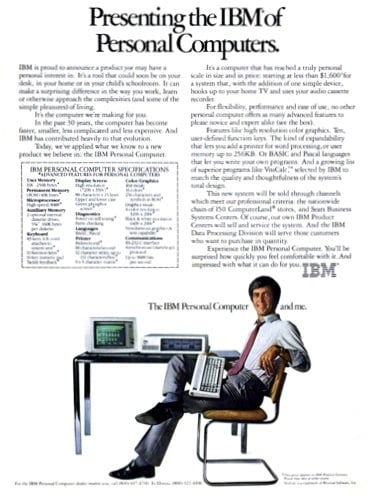
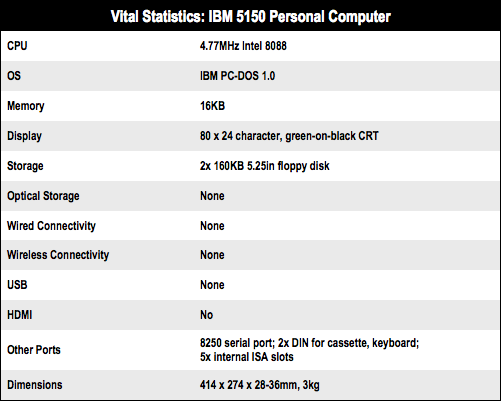


 Reply With Quote
Reply With Quote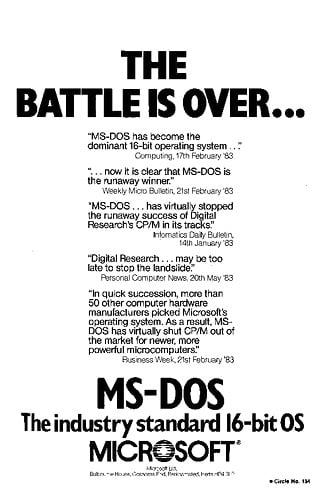
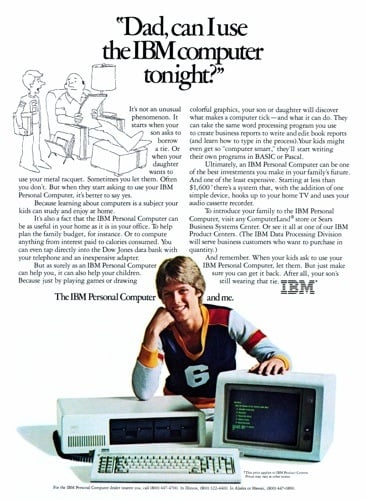 Not just for grown-ups
Not just for grown-ups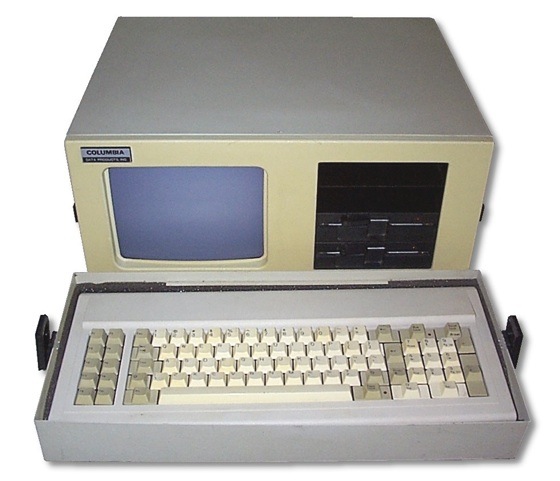
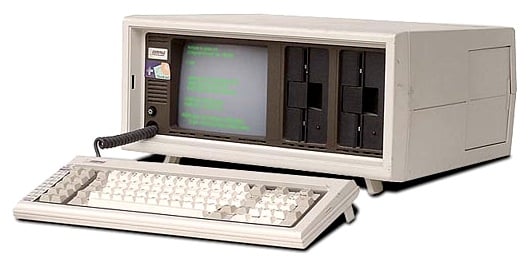






Social Networking Bookmarks